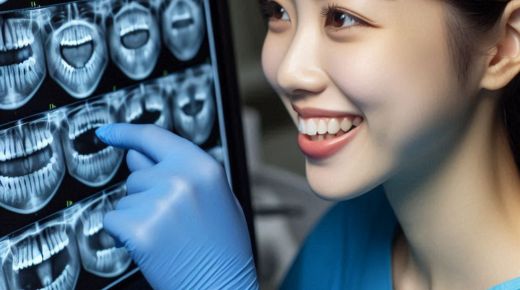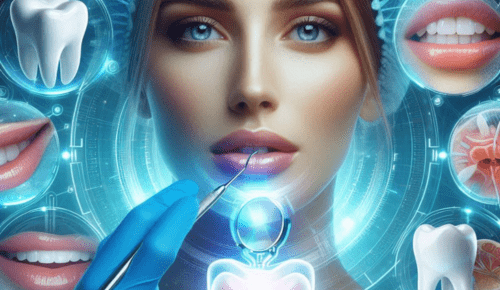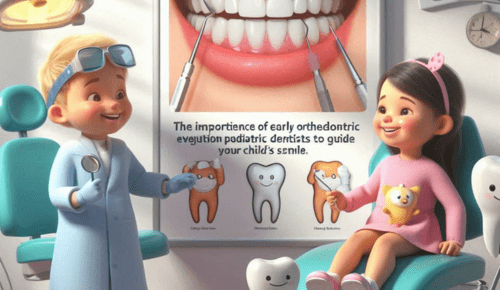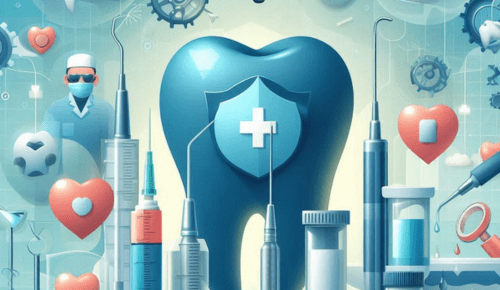
Decoding Dental X Rays – Insights From A General Dentist
Dental X-rays might seem intimidating, but they are essential tools in keeping our smiles healthy. They help dentists see things our eyes can’t catch. From spotting cavities to checking bone health, these images are important. Technologies like sugar land laser dentistry enhance how we interpret X-rays. Let’s explore what these images reveal and why they matter.
Why Are Dental X-Rays Important?
Dental X-rays provide a window into our oral health. They allow dentists to detect issues before they escalate. Here’s why they are so significant:
- Detecting Cavities: X-rays can find cavities that aren’t visible during a regular exam.
- Assessing Bone Health: They help in evaluating bone density and health around teeth.
- Monitoring Development: For children, X-rays track tooth growth and development.
Types of Dental X-Rays
Different situations call for different types of X-rays. Understanding these can help demystify the process:
| Type | Purpose |
| Bitewing | Shows details of upper and lower teeth in one area of the mouth. |
| Periapical | Provides a view of the entire tooth—from crown to root. |
| Panoramic | Captures the entire mouth in one image, including the jaw. |
Safety Measures
Safety is a priority when it comes to X-rays. Dental offices follow strict guidelines to ensure minimal exposure:
- Using the lowest possible radiation dose.
- Employing digital X-rays, which require less radiation.
- Providing lead aprons and thyroid collars for protection.
According to the FDA, these measures make the risk from dental X-rays very low.
Interpreting Dental X-Rays
Once the X-rays are taken, dentists examine them for any signs of trouble. They look for:
- Dark spots that may indicate decay.
- Changes in bone density around teeth.
- Unusual growths or cysts.
Modern techniques like advanced dental imaging help in interpreting these images more accurately.
How Often Should You Get Dental X-Rays?
The frequency of dental X-rays varies. It depends on individual needs and risk factors. Here’s a general guideline:
- Adults with no major issues: Every 2-3 years.
- Children and teens: More often, as they grow and their teeth develop.
- Patients with ongoing dental issues: As recommended by the dentist.
The Future of Dental X-Rays
As technology advances, the future of dental X-rays looks promising. Techniques continue to improve, offering clearer images and better diagnostics. These advancements lead to better care and healthier smiles.
Understanding dental X-rays is key to appreciating their role in dental care. They are a vital part of maintaining oral health and preventing potential problems. By embracing these tools, we ensure a brighter and healthier future for our smiles.



